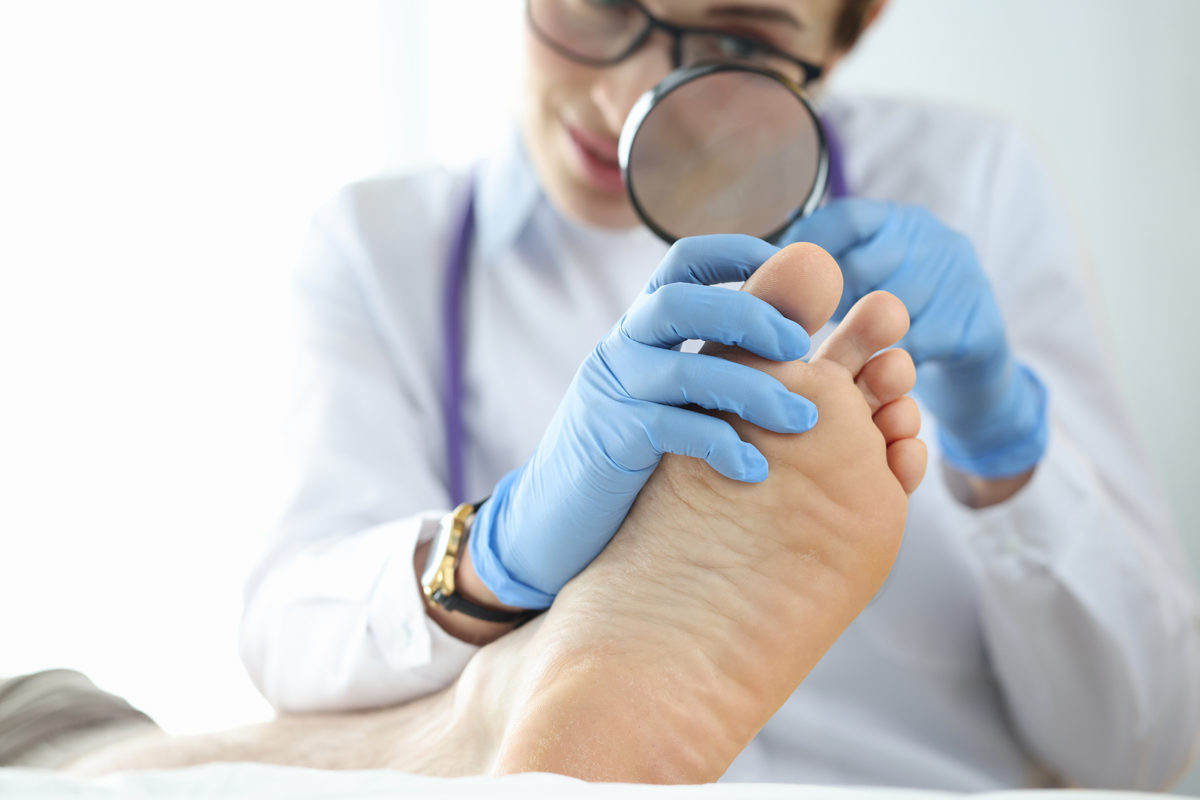There are many skin conditions that are difficult to treat. In some cases, treatments are available but they are painful, time consuming, expensive, or some combination of these. Topical immunotherapy is a technique that has been used for decades that has high treatment success rates. Despite the high rates of success, it continues to be used less frequently than more invasive or expensive treatments. Since there are few commercially available options for this kind of treatment, most topical immunotherapy solutions are produced by compounding pharmacies.
What is Topical Immunotherapy?
While there are several explanations as to why topical immunotherapy works, the exact mechanism of action is not known. It may work differently depending on the condition being treated. For alopecia areata, one theory is that the sensitizer opposes the autoreactive cells that leads to hair loss. For warts, the increase in lymphocytes after sensitization may help with the recognition and processing of viral antigens.
The therapy involves first sensitizing the skin with a solution that causes a mild allergic reaction. The product that is used needs to be able to cause an allergic reaction in the majority of individuals while also not being common in a person’s daily environment. The sensitizing solution is applied to the skin and the patients waits until a reaction appears. The reaction may include erythema, itching, and possibly some blistering. Once the patient is sensitized, their skin will react to a repeated exposure to lower concentrations of the sensitizing solution. Treatment proceeds with a lower concentration being applied to the affected area. The concentration is raised until a reaction appears again to find the optimal strength of solution. A mild allergic reaction must occur for the immunotherapy to produce clinically relevant results.
What Conditions are Treated with Immunotherapy?
Warts: Warts are an infection of the skin caused by human papillomaviruses (HPV). Immunotherapy has been shown to successfully eliminate recalcitrant warts. This type of treatment may be especially beneficial for warts on the face, where more invasive treatments can potentially cause scarring.
Molluscum Contagiosum: Also caused by a viral infection, molluscum contagiosum causes small raised spots on the skin that may be confused with another condition. The infection is especially contagious and is commonly found in children. The other options for treatment including curettage and cryotherapy – both of which may be difficult for children. Topical immunotherapy with DPCP, for example, can produce excellent outcomes while minimizing pain and adverse reactions.
Alopecia Areata: A condition that results in hair loss, alopecia areata is one of the more common conditions treated with topical immunotherapy. It is not contagious, but is instead the result of genetic factors. The hair loss occurs when the immune system attacks the hair follicles. Alopecia is a Latin word that means hair loss and areata refers to the patchiness of the hair loss. The success rate in studies of patients treated with immunotherapy like a DPCP solution has been as high as 70-80% when used for longer periods of time.
Herpes Labialis: The herpes simplex virus causes cold sores on the lip. There are studies being conducted to determine the effectiveness of immunotherapy for treating and preventing herpes outbreaks. Currently there are no FDA-approved treatments for herpes labialis despite it being a common condition. A topical sensitizer like squaric acid may effectively treat this viral infection in the same way it treats warts.
What Solutions Can Be Used for Topical Immunotherapy?
The solutions that are used for topical immunotherapy are synthesized and chosen specifically because they are not encountered regularly in daily life. The allergic reaction produced by these products will be similar.
Squaric Acid Dibutylester (SADBE) – 2% sensitizing solution followed by 0.2% concentration.
Diphenylcyclopropenone (DPCP) – 2% sensitizing solution followed by concentrations ranging from 0.0001% up to 1-2%.
Dinitrochlorobenzene (DNCB) – Was used more frequently in the past but is not as popular now, possibly due to unwanted side effects. It is not currently available from our pharmacy.
How are the Solutions Applied?
The sensitizing solution is applied with a cotton-tipped applicator to the affected area and covered with a bandage. The area is monitored to see if a reaction develops. If a reaction does develop, the patient waits two weeks to start with the lower-concentration treatment. The lower concentration can be much lower than the sensitizing dose. With DPCP, it is often started at 0.001% concentration and moved up slowly to a maximum of 1-2%. The effective concentration is the one at which the patient experiences a mild allergic reaction that may include pruritis, erythema, and burning.
Research
Immunotherapy of Recurrent Herpes Labialis With Squaric Acid – JAMA Dermatology
Clinical Efficacy of Diphenylcyclopropenone in Alopecia Areata: Retrospective Data Analysis of 50 Patients – Journal of Investigative Dermatology

